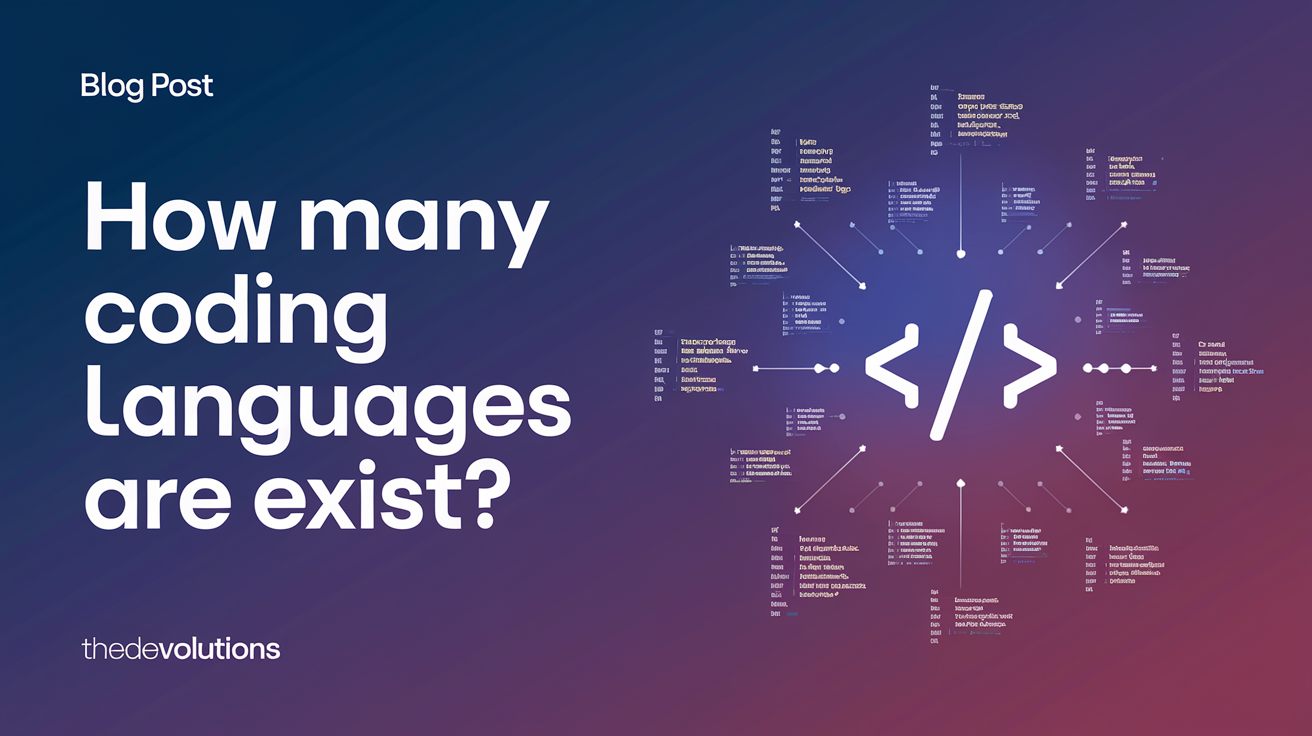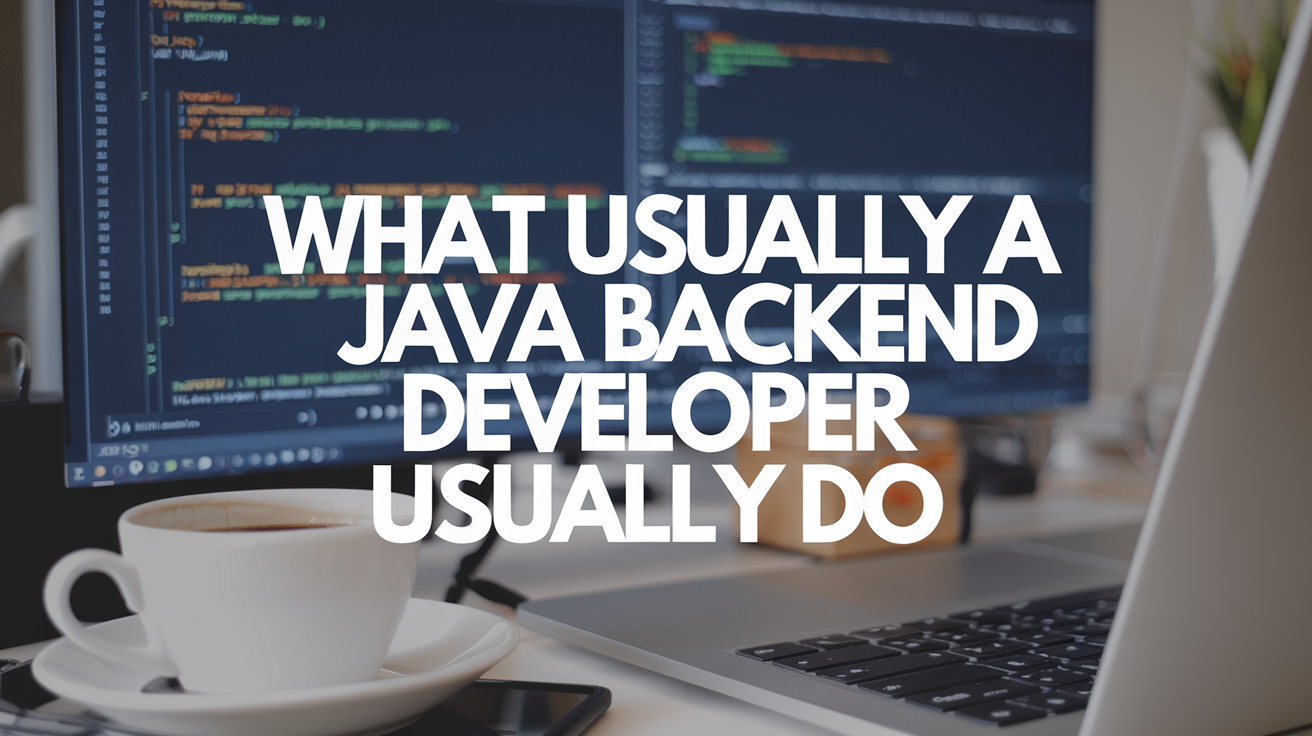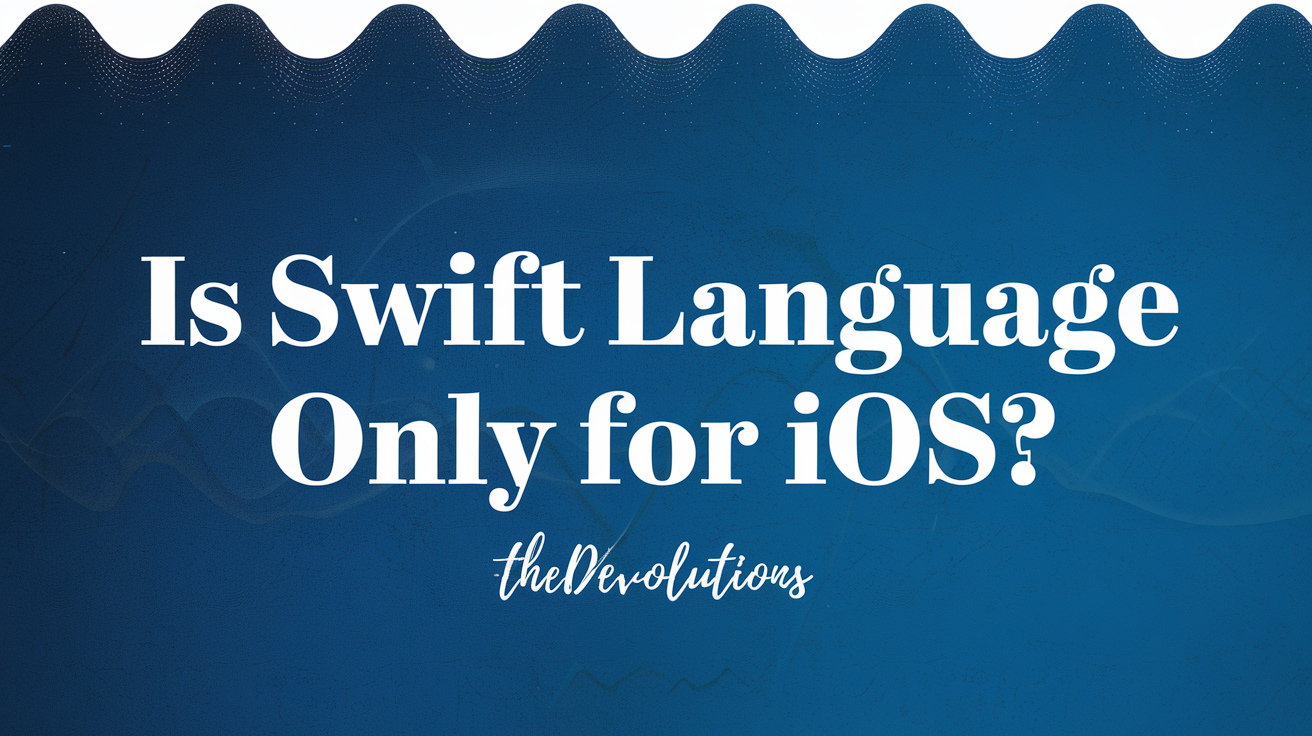How Many Coding Languages Are Exist? - Thedevolutions
Sakshi - October 25, 2024, 11:08 AM

According to the Online Historical Encyclopedia of Programming Languages, there are around 8,945 coding languages. A coding language, also known as a programming language, is a set of instructions that enable humans to communicate with computers and allows programmers to translate the commands into something a machine can comprehend and execute a task. On the other hand, a programming language similar to a spoken language has a set of vocabulary, grammar, and syntax.
Interesting Facts about Coding Languages
Machine language laid the foundation for computer programming. Ada Lovelace is considered the first computer programmer for her work on Charles Babbage’s Analytical Engine. It is a precursor to modern computers. Her Algorithm for the Analytical Engine designed in 1883 is generally accepted as the first coding language. FORTRAN was the first widely used programming language for modern computers. FORTRAN, an acronym for formula translation, was developed by a team at IBM under John Backus to solve scientific and mathematical problems.
Evolution of Programming Languages: From 2GL to 5GL
Second-Generation programming language (2GL), the assembly language, used mnemonic codes to represent machine instructions which were easier for humans to comprehend than binary codes.
Third-Generation Language (3GL) utilizes high-level languages like C, Java, Python, and JavaScript which have English-like statements and keywords for coding, making it user-friendly. In Python, a simple line of code replaces multiple lines in a lower-level language like Assembly.
Fourth-Generation Language (4GL) primarily concentrates on database management tasks. It simplifies data retrieval and manipulation, and emphasizes application development efficiency. SQL (Structured Query Language) is a 4GL and it simplifies the retrieval of specific information from vast databases with simple queries.
Fifth-Generation Language (5GL) caters to artificial intelligence development by encoding complex behaviors. The programmers focus on the logical flow of the program rather than intricate coding details. Natural Language Processing (NLP) is a key aspect of 5GL where the programmers can interact with the system in a more human-like manner.
Also Read: - Top 10 Magento Web Development Companies in the USA
Classification of Programming Languages:
Programming Languages can be classified into six main categories: imperative, functional, logic, object-oriented, front-end and back-end. Imperative languages are designed to implement an algorithm in a specified order; functional programming languages apply functions to the given parameters; logic languages are designed for the software to decide in what order the instructions are to be executed; object-oriented programming serves data abstraction, inheritance, and dynamic dispatch; front-end languages are used to create the user side of browsers, i.e. images, text, colors etc. and provide a seamless experience to the visitor; back-end languages are used to address server-side requests, and provide the outputs seen by the user on the front end.
How Do Programming Languages Work?
Writing the code: Codes are lines of instructions, with logic and intent, input into the system.
Compilation & Interpretation: Compiled languages like C++ convert the entire code into machine-readable binary before execution. Interpreted language like Python translates code line by line during runtime.
Execution: Compiled or interpreted code is executed by the system to produce the desired output.
Debugging: It is the process of identifying and resolving errors in code using code review tools.
Most Used Coding Languages Across The World
|
Coding Language |
Designer & Developer |
Purpose |
Used for/ Clients |
|
Python |
Guido Van Rossum and developed by Python Software Foundation in 1991 |
High-level, general-purpose programming language used to create websites/software, task automation, data analysis, and data visualization. |
Intel, IBM, NASA, Pixar, Netflix, Facebook, JP, Morgan Chase, Spotify |
|
C++ |
Danish computer scientist Bjarne Stroustrup, Bell Laboratories, ISO/IEC JTC 1 |
High-level, general-purpose programming language for large system development |
OS like Mac Os, Windows, Linux; Browsers like Safari, Opera, Chrome, Firefox |
|
TypeScript |
Microsoft |
Free and open-source high-level programming language, adds extra functionality to JavaScript, for client-side & server-side execution. Used to build complex, multi-page applications & websites. |
Slack, Kavak, Bitpanda, Medium, DoorDash |
|
Ruby |
Yuihiro Matsumoto et al in 1995 |
Interpreted, high-level, general purpose programming language with an emphasis on programming productivity & simplicity. |
Shopify, Airbnb, Stripe, GitHub, Netflix, Kickstarter |
|
Ada |
Developed in the 1980s by Jean Ichbiah for the US Department of Defense,
Named after Ada Lovelace, the first computer programmer |
HLL is used in industries where safety is a top priority, known for its ability to detect and eliminate bugs early in the software development cycle. |
Used in avionics, air traffic control, railways, banking, military & space technology |
|
Cobol |
Designed in 1959 by CODASYL, it was created by the U.S. Department of Defense to create a portable programming language for data processing. |
Used to develop business applications deployed on mainframe computers for large-scale batch & transaction processing jobs. |
Created for transaction processing in payroll programs, manage government pension funds, manage hotel bookings, book airline tickets |
|
Java |
Developed by James Gosling at Sun Microsystems in 1991. Oracle acquired it later through its purchase of Sun Microsystems |
It is a compiled programming language & complex. Used for coding mobile apps, enterprise software, server-side technologies, IoT devices, cloud-based applications |
Mobile apps such as Spotify, Signal, and Cash App. Web apps like Twitter and LinkedIn |
|
PHP |
Danish Canadian programmer Rasmus Lerdorf developed it in 1993 & released it in 1995 |
Originally used for tracking website visitors, maintaining personal web pages, and building simple web tools. Currently used for building dynamic websites, web applications, CMS, online stores, payment processing integration, creating web APIs, data exchange, automated tasks, maintaining existing systems |
Facebook, Wikipedia, WordPress, Shopify, Etsy, Bluehost |
|
SQL |
Developed in the 1970s by IBM researchers Raymond Boyce and Donald Chamberlin |
Standard language for storing, manipulating, and retrieving data in databases |
Used by database administrators, data analysts & software engineers
Facebook, Microsoft, LinkedIn, Accenture |
|
JavaScript |
Brendan Eich of Netscape in 1995 |
An interpreted language used to create interactive websites and beginner-friendly. Core technology of the web, alongside HTML and CSS; creates dynamically updating content, animates images, controls multimedia. |
Used by web developers, front-end developers, mobile developers, game developers, VR developers, AI developers.
Google, Facebook, Amazon, YouTube, Wikipedia, Yahoo, eBay, Twitter, LinkedIn |
|
R |
Ross Ihaka & Robert Gentleman of R Core Team in 1993 |
Programming language for statistical computing and data visualization, data mining, bioinformatics, data analysis, provided commercial support by IBM & Oracle |
Used by data scientists, statisticians, data analysts, quantitative analysts, financial analysts, social media analysts.
It is cross-platform and can be used on Windows, Mac OS X, or Linux. |
|
Kotlin |
JetBrains in 2011 |
Cross-platform, HLL preferred for Android App development |
Google estimates that 70% of the top 1,000 apps on the Play Store are written in Kotlin along with its own 60 apps |
|
C# |
Designed by Anders Hejlberg and developed by Mads Torgersen of Microsoft in 2000 |
HLL, a general-purpose programming language designed for Microsoft application development, software engineering principles, mobile apps, video games, enterprise software |
Microsoft, Stack Overflow, Trustpilot, City National Bank |
Most used Programming Languages in 2024
|
JavaScript : 62.3% |
Python : 51% |
Go: 13.5% |
|
Java : 30.3% |
Kotlin : 9.4% |
PHP : 18.2% |
|
C# : 27.1% |
Swift : 4.7% |
R : 4.3% |
Also Read: - Is web development dying because of ai
Wrapping Up
In the long term, whatever coding language is popular today is likely to remain popular. Since our world is increasingly getting digital, coding is still a good career choice. The Bureau of Labor Statistics projects a 25% increase in jobs for software developers, testers, and quality assurance analysts between 2021 and 2031. It is expected to add over 400,000 jobs to the market. A coding career doesn’t mean working in the tech industry alone. Coders are hired in other industries like automobiles, finance, healthcare, banking, and manufacturing. AI may automate low-level developer tasks, but industry experts still remain an integral part of the industry in reviewing and maintaining them.






